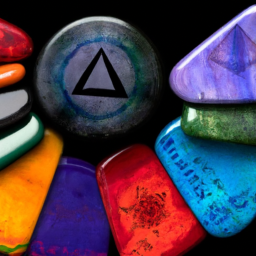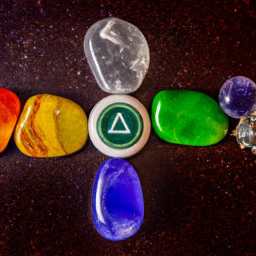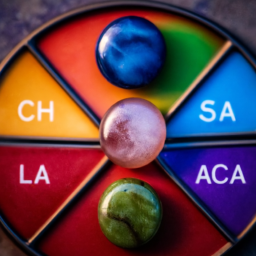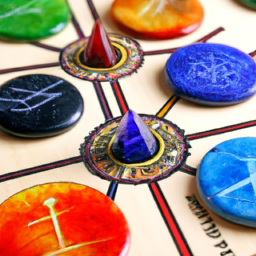Chakras are an essential part of the ancient Hindu and Buddhist spiritual traditions. They are believed to be the centers of energy in our body, responsible for our physical, emotional, and spiritual well-being. The word chakra comes from Sanskrit and means “wheel” or “circle”. It refers to the spinning wheels of energy that are located along the spine.
There are seven main chakra points in the human body, and each one is associated with a specific color, element, and function. Understanding these chakra points can help us to achieve balance, harmony, and alignment in our lives.
Root Chakra - Muladhara
The root chakra is located at the base of the spine, and its color is red. It is known as Muladhara in Sanskrit, which means “root support”. This chakra is associated with our physical needs, survival instincts, and sense of security. A balanced root chakra provides us with a strong foundation and grounds us in the present moment.
Sacral Chakra – Svadhishthana
The sacral chakra is located just below the navel and its color is orange. Its Sanskrit name, Svadhishthana, means “one’s own abode”. This chakra is associated with our emotions, creativity, pleasure, and sexuality. A balanced sacral chakra allows us to express ourselves freely and experience joy and pleasure in life.
Solar Plexus Chakra – Manipura
The solar plexus chakra is located in the upper abdomen, above the navel, and its color is yellow. Its Sanskrit name, Manipura, means “lustrous gem”. This chakra is associated with our personal power, self-esteem, and confidence. A balanced solar plexus chakra gives us the courage and motivation to pursue our goals and dreams.
Heart Chakra – Anahata
The heart chakra is located in the center of the chest, and its color is green. Its Sanskrit name, Anahata, means “unstruck” or “unhurt”. This chakra is associated with love, compassion, and forgiveness. A balanced heart chakra allows us to give and receive love freely, and to form meaningful connections with others.
Throat Chakra – Vishuddha
The throat chakra is located in the throat area, and its color is blue. Its Sanskrit name, Vishuddha, means “purification”. This chakra is associated with communication, self-expression, and truth. A balanced throat chakra enables us to speak our truth and express ourselves authentically.
Third Eye Chakra – Ajna
The third eye chakra is located in the center of the forehead, just above the eyebrows, and its color is indigo. Its Sanskrit name, Ajna, means “perceive” or “command”. This chakra is associated with intuition, wisdom, and insight. A balanced third eye chakra allows us to trust our inner guidance and see beyond the physical realm.
Crown Chakra – Sahasrara
The crown chakra is located at the top of the head, and its color is violet or white. Its Sanskrit name, Sahasrara, means “thousand-petaled”. This chakra is associated with spirituality, consciousness, and enlightenment. A balanced crown chakra connects us to our higher self and the divine.
It is essential to keep our chakras balanced and aligned to maintain overall well-being. When one or more chakras are blocked or out of balance, it can manifest as physical, emotional, or spiritual issues. There are various practices that can help balance and align our chakras, such as meditation, yoga, sound healing, and energy work.
Our chakra points are a crucial aspect of our being, and understanding them can lead to a deeper connection with our mind, body, and spirit. By consciously working on our chakras, we can achieve a state of balance and harmony, and live a fulfilling and purposeful life.







Super interesting!
KevGue: I never knew this!
#ThoughtfulThursday – Awaken your inner energy and knowledge by learning where your chakra points are!